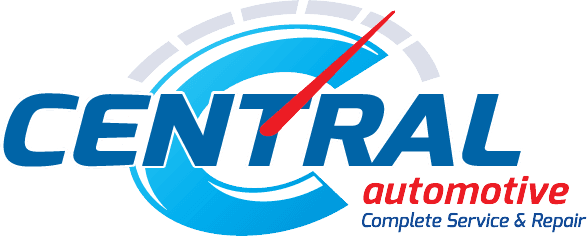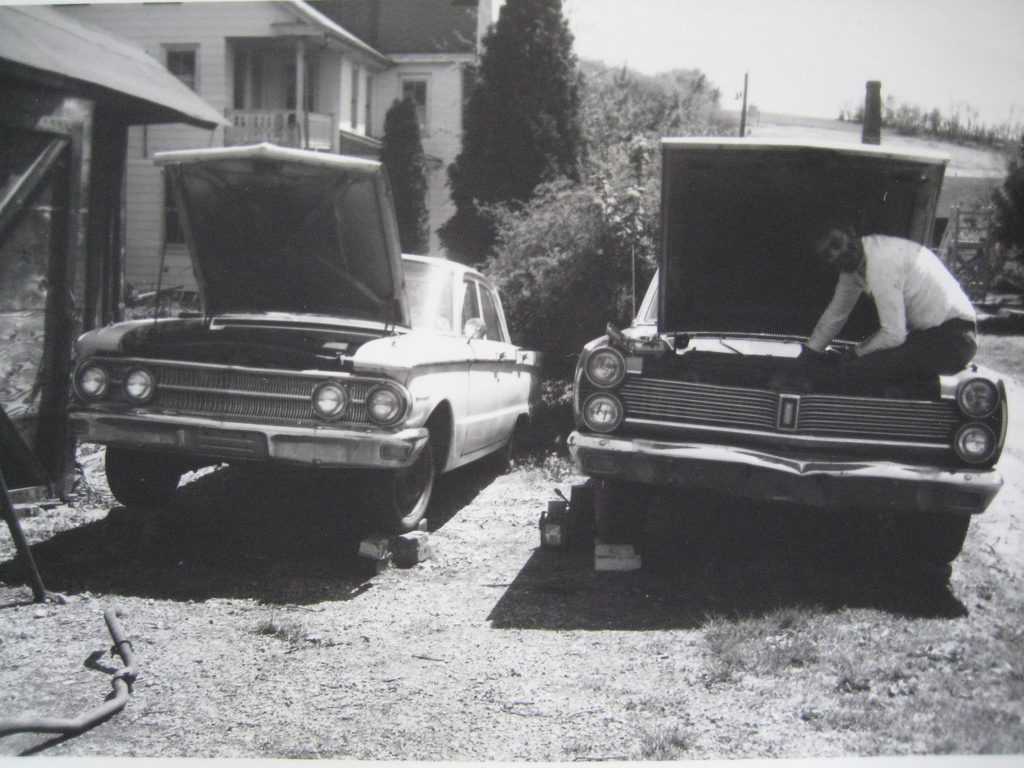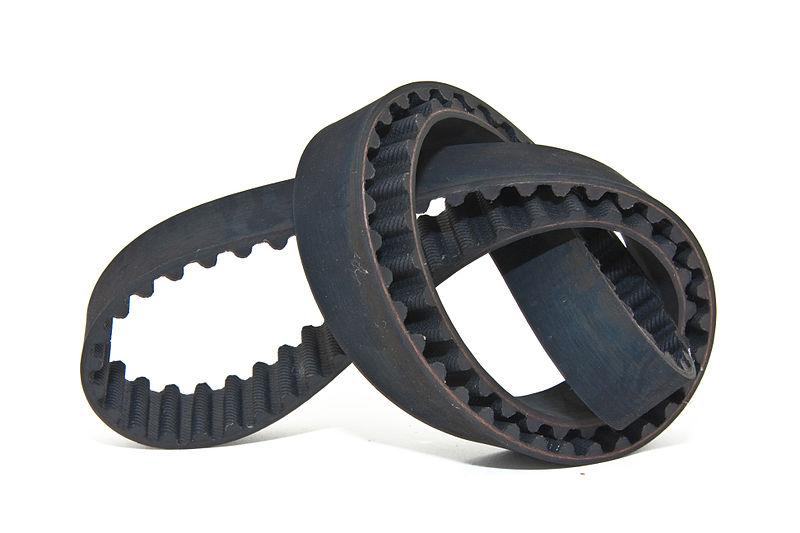Kent car owners know that engines need to burn fuel to operate. Fuel is pumped from your fuel tank to your SUV engine where it is squirted—or injected—into your engine’s cylinders. This is the function of the fuel injectors.
There are two ways to inject fuel into an engine. Fuel needs air to burn, so in the first method, fuel is injected into a port and allowed to mix with air and before it is drawn into the cylinders. In the second method, fuel is injected directly into the cylinders and mixes with air after it enters the SUV engine.
Direct injection engines burn fuel more efficiently than conventional SUV engines. Some models can deliver the power of a V8 with the economy of a V6.
For example, in one family of engines, the conventional version (a V6) delivers about 250 horsepower. The direct injection version delivers over 300 horsepower and gets about the same gas mileage. The turbocharged version delivers 350 horsepower.
 Why the big difference in power? Direct injection systems allow fuel to be squirted into the SUV engine at hundreds of times the pressure of a conventional engine. This atomizes the fuel better (breaks it down into tinier droplets), which means more of it gets burned, which translates to more power for your engine. It also results in cleaner emissions.
Why the big difference in power? Direct injection systems allow fuel to be squirted into the SUV engine at hundreds of times the pressure of a conventional engine. This atomizes the fuel better (breaks it down into tinier droplets), which means more of it gets burned, which translates to more power for your engine. It also results in cleaner emissions.
Fuel injectors are precision instruments. They have to deliver the right amount of fuel at exactly the time the SUV engine needs it. They are also engineered to inject fuel with a specific spray pattern. This spray pattern allows for maximum fuel efficiency and proper atomization. Direct injection engines require a much higher degree of precision than conventional engines. For this reason, they are equipped with more sophisticated computers.
When fuel injectors get dirty, their precision drops off. The spray pattern won’t be precise, and the timing of fuel delivery may be off. This decreases fuel efficiency and gas mileage as well as delivering less power to the engine.
Kent auto owners should understand that fuel injectors are not cheap to replace. Direct injection fuel injectors are even more pricey. And we’re talking a mortgage payment to buy a set of new fuel injectors for a diesel engine.
So keeping your fuel injectors clean is just good auto advice. The best way to do this is to change your air and fuel filters regularly and practice other habits of good car care and preventive maintenance. Cleaning additives in your fuel can also help.
If you do end up with gum or varnish in your fuel system, you’ll need a professional fuel system cleaning. This will clean out your whole system, including the injectors. The good news is that with proper maintenance, Kent motorists will enjoy better gas mileage and their fuel injectors will last for a long time.










